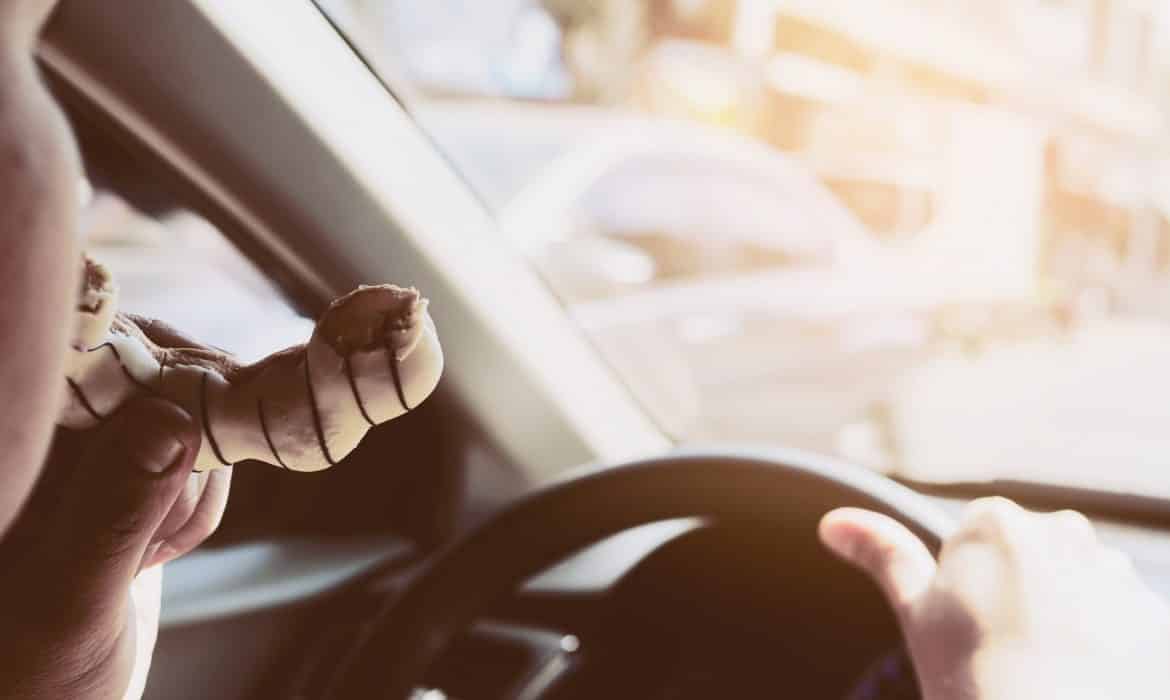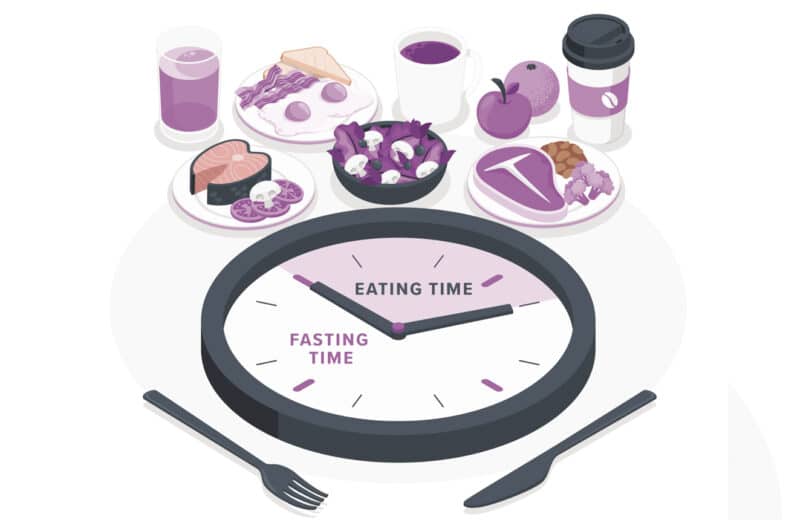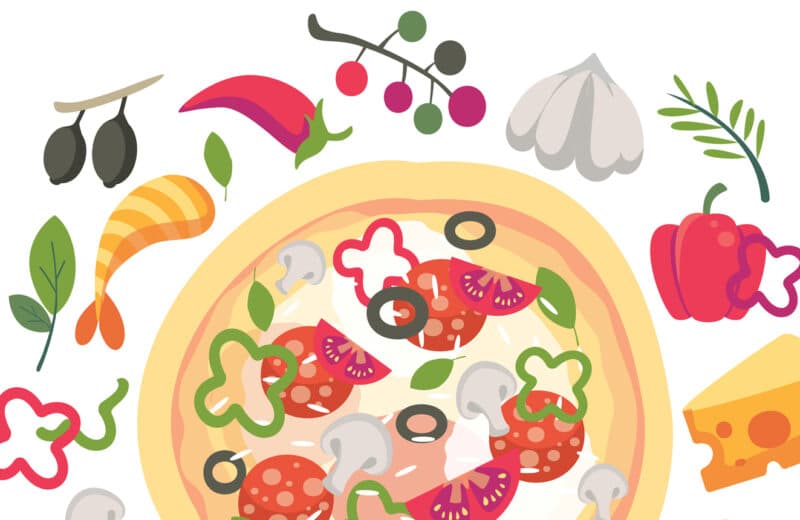Feel like you’re doing everything right, yet still struggling to keep your weight in check? You might be falling prey to one or more of these diet-derailing habits that can sabotage your weight-loss efforts. Find out if any of these are trumping your best efforts and learn how to get back on track.
1. Bad habit to break: Keeping tempting foods around.
It’s hard to resist temptation when it’s staring you in the face. When office workers were given candies in clear dishes to place on their desks, they helped themselves to candy 71 percent more often than a similar group that was given the same candy in opaque dishes so that the candy wasn’t visible, according to research by Brian Wansink, Ph.D., director of the Cornell University Food and Brand Lab in Ithaca, New York. Do yourself a favor and keep tempting foods out of your sight.
2. Bad habit to break: Skipping breakfast.
You might think that skipping breakfast — a whole meal! — would help you cut calories, but the research says that eating breakfast can better help you lose weight. Breakfast eaters tend to weigh less and are more successful at losing weight — and keeping it off — than those who skip the meal. What’s more, people who typically eat breakfast also get more fiber, calcium, vitamins A and C, riboflavin, zinc and iron — and less fat and dietary cholesterol. Perhaps it’s because they often eat cereal, which is fortified with vitamins and minerals, and fruit, which is naturally nutrient-rich. Not hungry when you first get up? Don’t worry. Eating breakfast doesn’t have to be the first thing you do each day. Just make sure that when you do eat, your meal is something that will sustain you for a few hours — it should include some fiber and protein.
3. Bad habit to break: Distracted eating.
You’re eating alone, so you reach for your smartphone and text, scan social-networking sites or play games. Or you read the paper, watch TV or use your computer. All of these distractions take your attention away from eating and make it harder for you to really experience and tune in to how satiated (full) you are. That can lead you to eat more than you’re really hungry for, either now or later. One study shows that playing solitaire (on the computer) dampened people’s memories of lunch, which, in turn, may have caused them to eat 125 calories more when they snacked later.
4. Bad habit to break: Eating straight out of the bag.
If you’re noshing directly out of the package — whether you’re eating chips, crackers, cookies or ice cream — it’s easy to eat several servings without realizing it. A key step when you’re trying to lose weight is literally watching what you eat–being aware of what and how much you’re eating. That’s why keeping a food journal is so effective. Get a handle on runaway portions by measuring out a serving … if you want more, measure that too. Being conscious of what you’re eating will help you meet your weight goals.
5. Bad habit to break: Eating on the run.
Eating in the car, snacking at your desk, drinking a high-calorie smoothie or latte while walking around — it’s all too easy to take in excessive calories if you’re eating on the go. To curb this type of distracted eating, sit down to eat.
(EatingWell is a magazine and website devoted to healthy eating as a way of life. Online at www.eatingwell.com.)












